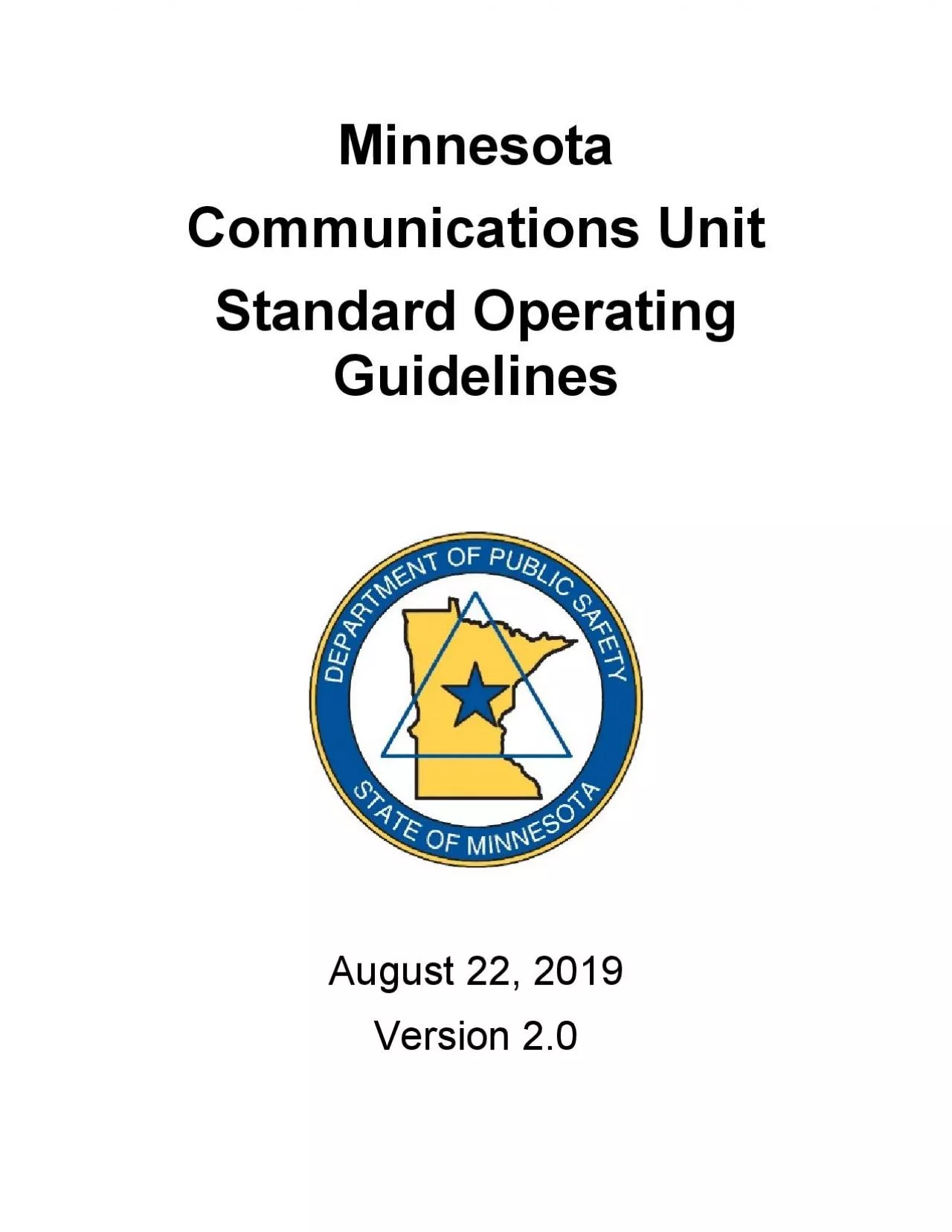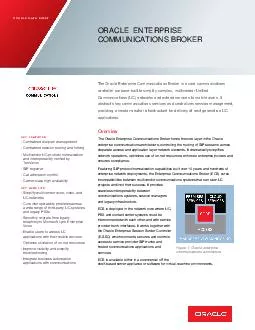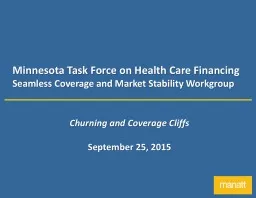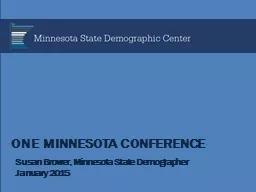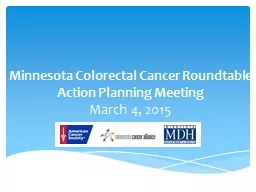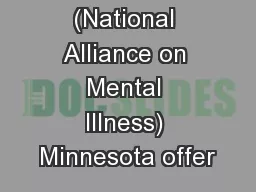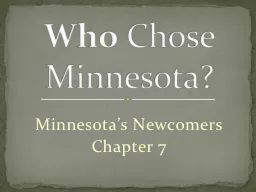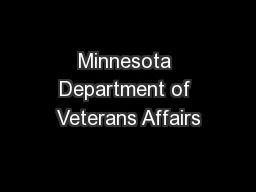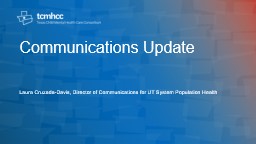PDF-Minnesota Communications Unit Standard Operating Guidelines
Author : ideassi | Published Date : 2020-11-19
x0000x0000Page Background The National Incident Management System NIMS is a standardized approach to incident management established in March 2004 by the Department
Presentation Embed Code
Download Presentation
Download Presentation The PPT/PDF document "Minnesota Communications Unit Standard O..." is the property of its rightful owner. Permission is granted to download and print the materials on this website for personal, non-commercial use only, and to display it on your personal computer provided you do not modify the materials and that you retain all copyright notices contained in the materials. By downloading content from our website, you accept the terms of this agreement.
Minnesota Communications Unit Standard Operating Guidelines: Transcript
Download Rules Of Document
"Minnesota Communications Unit Standard Operating Guidelines"The content belongs to its owner. You may download and print it for personal use, without modification, and keep all copyright notices. By downloading, you agree to these terms.
Related Documents

